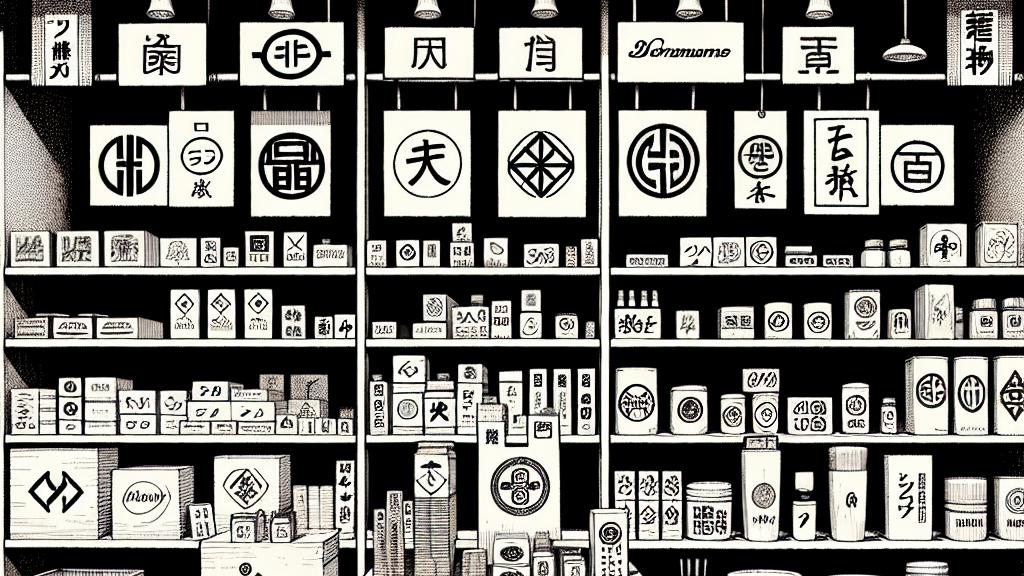The Change in Famous Brand Logos and Its Reasons
Overview
- Major brands are increasingly losing their unique identities in a quest for uniformity.
- A growing trend toward minimalistic Sans Serif typefaces is becoming prevalent.
- This shift raises essential questions about the enduring value and character of brand identities.

A Dwindling Identity
In Japan, we’re observing a fascinating yet troubling trend: iconic brands are gradually shedding their unique characteristics in favor of bland, uniform designs. Imagine walking through a store filled with logos that all look like they belong to the same family, dominated by uninspired, minimalist Sans Serif typefaces. At first glance, this might appear modern and sleek; however, it casts aside the vibrant identities that once excited consumers. It’s disheartening to witness the transformation—brands that once sparked joy and loyalty now merge into a forgettable sea of sameness, leaving many to wonder, where has the excitement gone?
Reasons Behind the Shift
What’s fueling this dramatic transformation, you might ask? Many experts point to a necessity for modern logos to embrace cleaner, more straightforward designs that resonate in our digital world. Yet, does this truly justify the loss of individuality? Consider Nike’s iconic swoosh: simple, memorable, and immediately recognizable. This isn’t merely a matter of ‘less is more’; it’s about capturing a brand's essence in a way that speaks to consumers on a deeper level. By sacrificing their distinctiveness, brands risk becoming indistinguishable, losing their ability to connect meaningfully with audiences. Look at the boldness of Coca-Cola or the sophistication of Chanel; these logos tell stories, evoking emotions and memories in just a glance.
Impact on Brand Value
Moreover, a troubling notion is emerging among some brands: the idea that a logo's significance is diminishing compared to a company's offerings. However, this perspective contradicts everything we understand about effective branding. Logos are not mere decorations; they encapsulate the values, dreams, and promises of a brand. Think of the golden arches of McDonald's—they symbolize familiarity, comfort, and a sense of community. When these unique traits are stripped away in adherence to bland conformity, brands not only risk diluting their identities but also alienating their consumers. Recognizing a logo's pivotal role in conveying a brand's core message is paramount; it’s the lifeblood of consumer connection.
The Bigger Picture
This alarming trend towards generic branding may hint at deeper socio-political implications, suggesting a broader push for conformity and global control. While this assertion may seem extreme, one cannot disregard the often uncanny similarities between brands trying to fit into a prevailing aesthetic. As we navigate an era marked by rapid technological advancements and increasingly discerning consumers, it’s crucial for brands to embrace and celebrate their unique identities. Authenticity and creativity will forever triumph over uniformity, even in a landscape dominated by digital demands. Ultimately, individuality is what captivates audiences, ignites brand loyalty, and inspires consumers to connect with a brand on a personal level.

Loading...